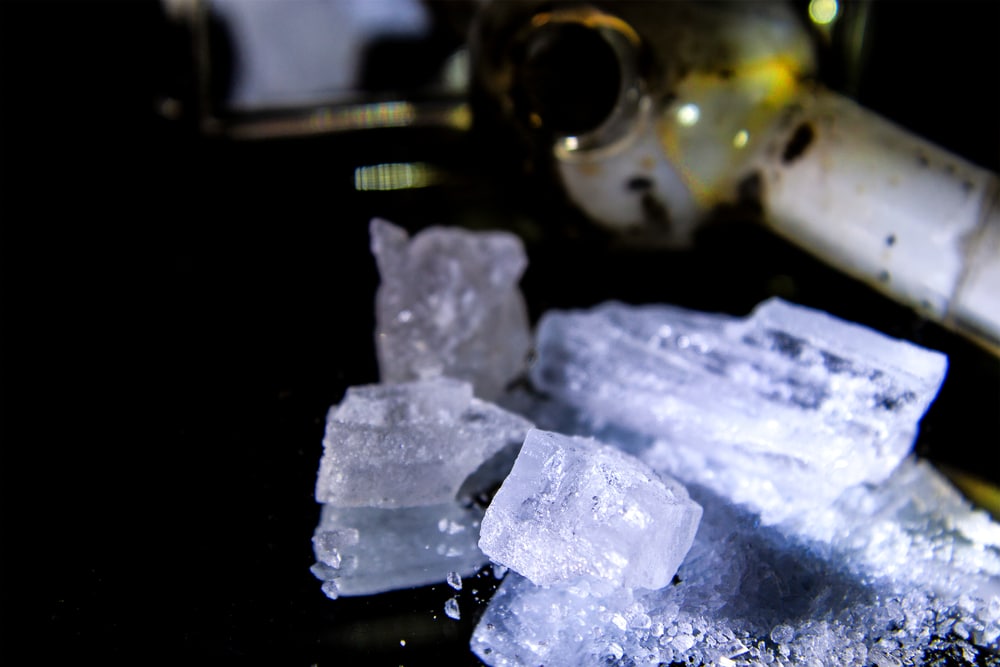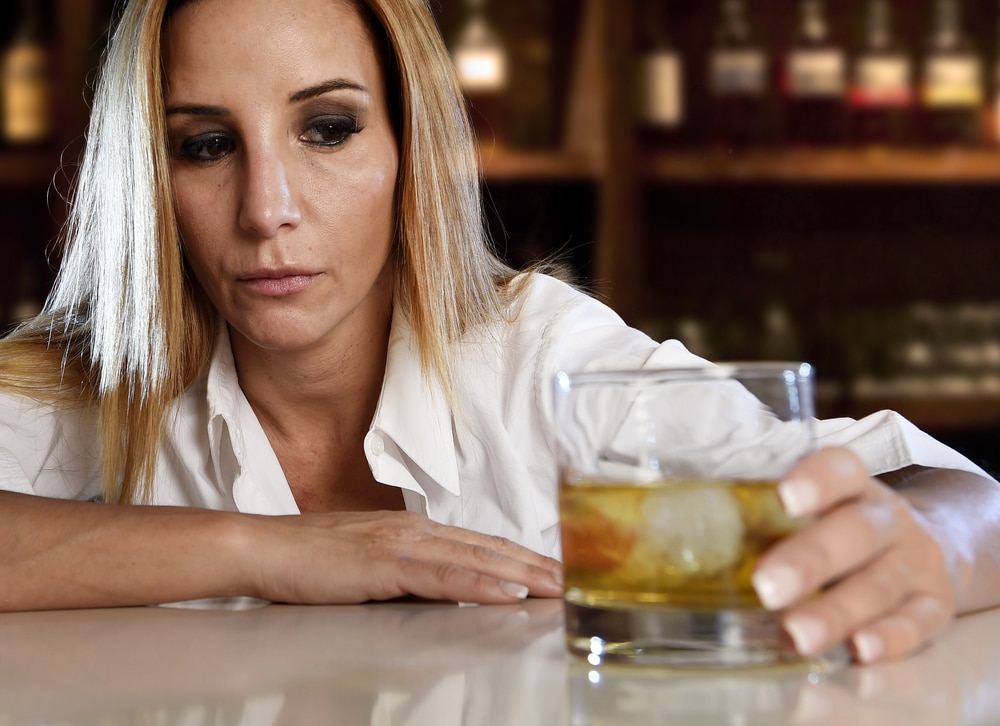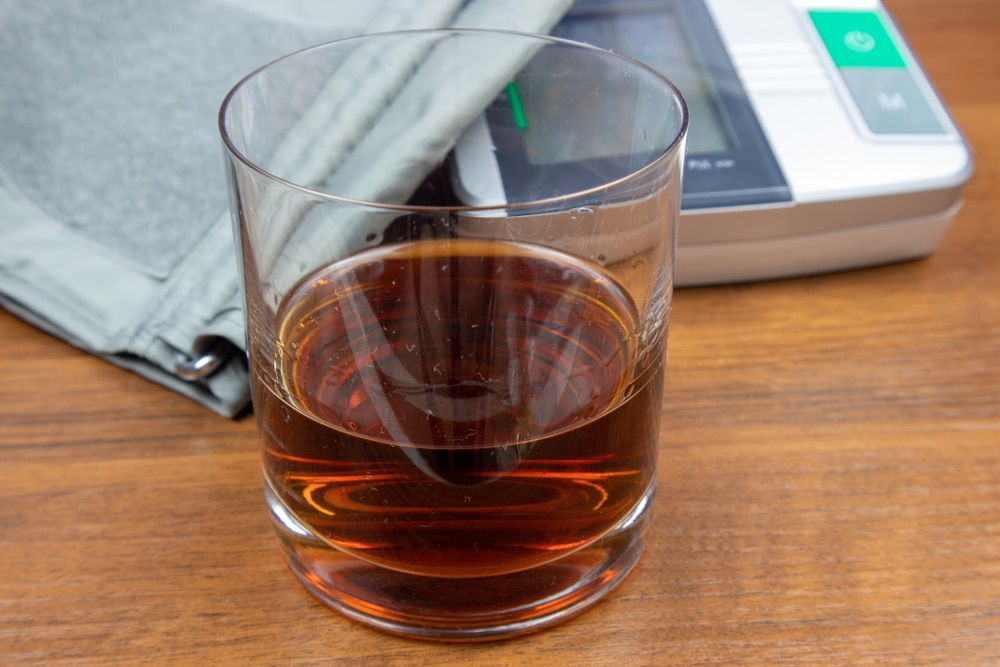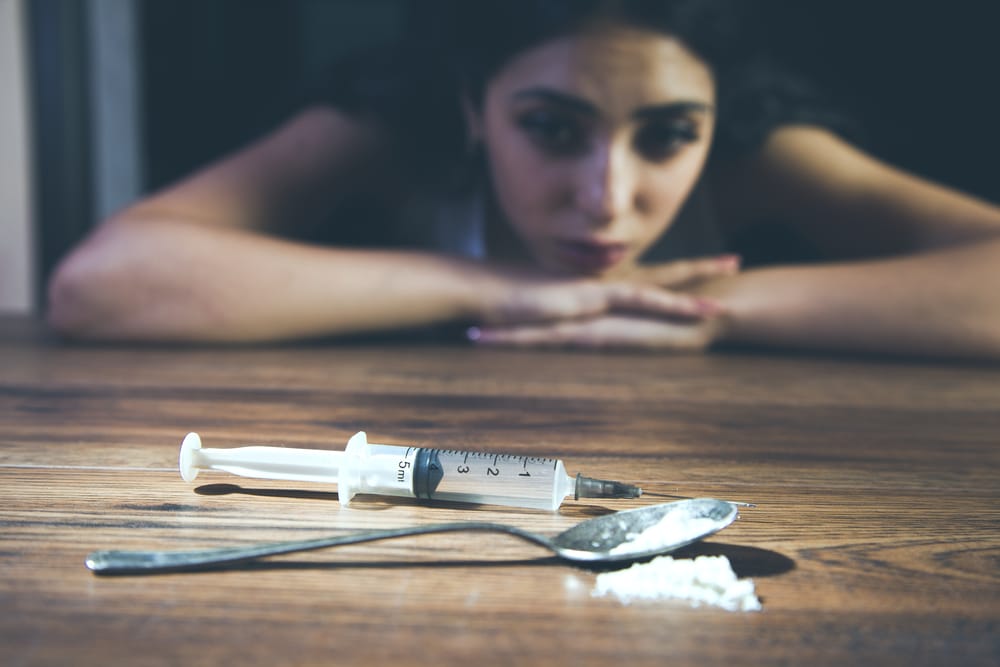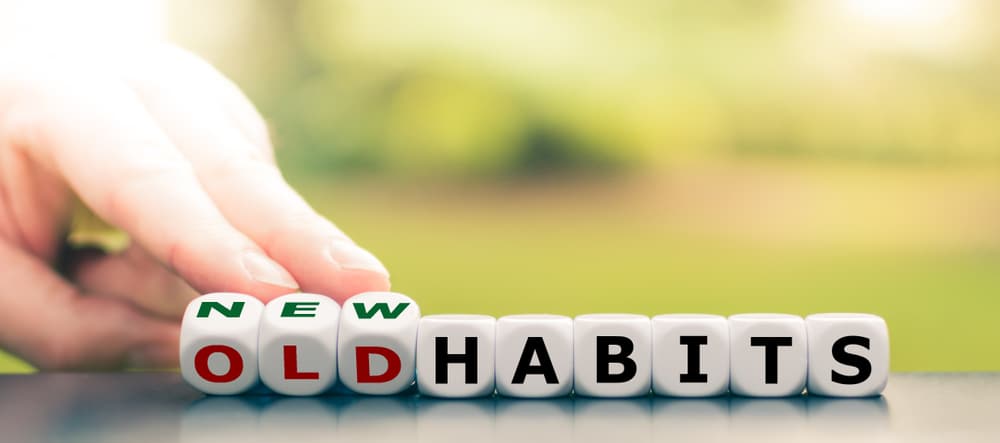Setting Realistic Goals: A Guide to Sustainable Recovery
Sobriety is more than just quitting alcohol and drugs. It's an ongoing process of embracing a substance-free life and improving yourself. As SAMHSA puts it, it is a process of change where one strives to lead a more self-directed life, working to improve their wellness and health while trying to reach their full potential. One of the best ways to support this ongoing process of recovery is by setting realistic goals.
Realistic goals serve as a roadmap for positive change and contribute to the sustainability of a substance-free life. They provide direction, focus and motivation that you need to stay sober. Without SMART goals, you'll quickly fall into old habits and dysfunctional lifestyles. This is especially true since recovery comes with excessive free time and many temptations.
What Are SMART Goals in Addiction Recovery?
SMART goals are a framework for setting Specific, Measurable, Achievable, Relevant, and Time-bound objectives.
Specific
The goal should be specific about what you want to achieve in your recovery and include factors like what should be done and who will do it.
Example
- Non-Specific goal: I want to exercise more.
- Specific Goal: I will incorporate 30 minutes of energetic walking into my daily routine five days a week.
The goal clearly outlines the type of exercise (energetic walking) and the duration (30 minutes) on each of the five specified days.
Measurable

It should be measurable so you are able to track the progress to see how far you've come. Think of how you'll measure your progress and how you'll know when the goal is accomplished.
Example
- Non-measurable goal: I want to feel healthier.
- Measurable Goal: I will track my progress by recording the number of days per week I engage in energetic walking for at least 30 minutes
The goal includes a measurable component, as progress can be tracked by recording the number of days per week the individual engages in the specified exercise.
Achievable
The goal should also be achievable in the sense that it's realistic and attainable in your current circumstances. Consider whether the goal is reasonable and within reach and if you have the resources needed to achieve it.
Example
- Unachievable goal: "I will run a marathon next month despite never having jogged before."
- Achievable goal: "I will start with a manageable goal of walking for 30 minutes and gradually increase intensity as I build stamina."
The goal acknowledges the need for gradual progression, starting with a manageable goal and allowing for an increase in intensity as stamina improves.
Relevant
It should be relevant and in line with your values, aspirations, and overall recovery journey. It should make sense for your recovery journey and be consistent with your short-term and long-term goals.
Example
- Irrelevant Goal: I will spend three hours a day learning a new language to improve my recovery.
- Relevant Goal: I will exercise as it aligns with my overall goal of improving my physical and mental well-being during recovery.
The goal aligns with the overarching objective of improving physical and mental well-being during recovery.

Time-Bound
Time-bound, so it adds urgency and helps you stay focused. Your goal has to have a deadline or timeline for when it should be completed.
Example
- Non-Time-bound Goal: I will start exercising more.
- Time-bound Goal: I will incorporate 30 minutes of brisk walking into my daily routine, starting next Monday and continuing for the next three months.
The goal includes a specific timeframe, starting the following Monday and continuing for the next three months, providing a clear deadline for the specified action.
Keep in mind that goal-setting is subjective. What works for another person may not work for you. So, you want to create goals that make sense for you and your sobriety journey. If you're having difficulty creating realistic and attainable goals, have your peer, mentor, or addiction treatment professionals help. It's also good to seek medical advice before making significant lifestyle changes, especially if they involve physical activities or dietary adjustments.
Why Goal-Setting is Important in Recovery
Setting realistic goals in addiction recovery is crucial for several reasons:
Goals Give your Focus and Direction
Goals provide a clear direction for your recovery journey. They help you focus on specific actions and behaviors contributing to positive change. Without goals, you might feel aimless or uncertain about your path, making it easier to revert to old habits.
Goals Motivate You to Stay Committed to Recovery
Goals act as motivators, giving you a reason to stay committed to your recovery. They create a sense of purpose and achievement, boosting your self-esteem and confidence as you progress.
Goals Give you Structure and Routine
Recovery often comes with excess free time, which can be a risk factor for relapse. Setting goals helps establish a structured routine, filling your time with meaningful and constructive activities that support your well-being.
Measurable Goals Allow you to Track Progress
SMART goals, being specific and measurable, allow you to track your progress objectively. This measurement helps you celebrate achievements, identify areas for improvement, and stay accountable to yourself and others.
Realistic and Attainable goals Prevent Frustrations and Disappointments

SMART goals emphasize setting objectives that are achievable and realistic. This prevents setting yourself up for failure, frustration, or disappointment. Realistic goals ensure that you are making gradual, sustainable changes in line with your current circumstances.
Goals Introduce Accountability Aspect
The time-bound aspect of SMART goals introduces accountability. Having a deadline encourages you to stay committed and prevents procrastination. It adds a sense of urgency, reminding you of the importance of taking action within a specified timeframe.
Goals Help Prevent Complacency
Recovery is an ongoing process, and setting goals prevents complacency. It encourages you to continuously strive for improvement, avoiding stagnation and the potential risk of relapse.
Goals Are Great for Holistic Well-being
Goals can address various aspects of your life, promoting holistic well-being. Whether it's physical health, mental health, relationships, or personal development, setting goals allows you to work on multiple dimensions of your life simultaneously.
Goal-Setting Tips in Recovery
Recovering from substance use disorder can be overwhelming, especially during the first few months. It takes a while to achieve a true sense of stability and sanity after abusing drugs and alcohol. Here are some tips for goal-setting to help you navigate recovery:
- Make sobriety your top priority. Set goals that directly contribute to your continued abstinence from substances.
- Identify triggers and create goals to avoid or cope with them in a healthy way.
- Begin with goals that focus on essential self-care activities, such as maintaining proper nutrition, staying hydrated, and getting sufficient sleep.
- Prioritize mental and behavioral health by setting goals related to therapy, counseling, or psychiatric support if needed.
- Set goals to incorporate mindfulness practices and relaxation techniques into your daily routine.
- If applicable, set goals to address any legal or financial issues resulting from your substance abuse. This may involve creating a plan to repay debts, attending court obligations, or seeking legal advice.
- Set goals related to fostering healthy relationships. This may include rebuilding trust with family members, mending friendships, joining relevant support groups, or developing new, supportive connections.
- Break down your big picture into smaller, manageable steps.
Most importantly, embrace the idea that progress is more important than perfection. Setbacks are a natural part of recovery; the key is learning from them and moving forward. If you're struggling with setting realistic goals in recovery or maintaining sobriety, reach out for help. Our mental health professionals can help offer personalized guidance, strategies, and coping mechanisms tailored to your needs.







